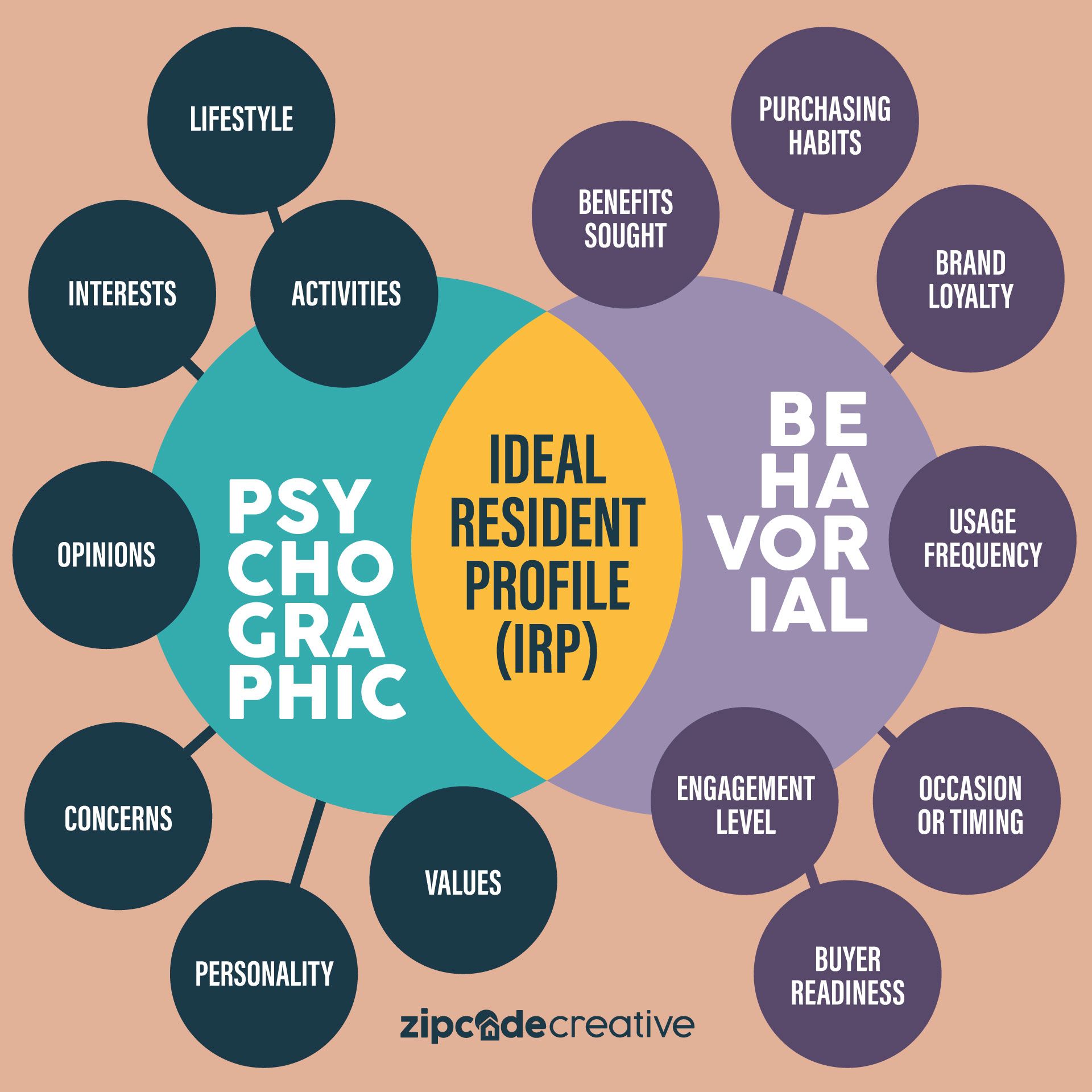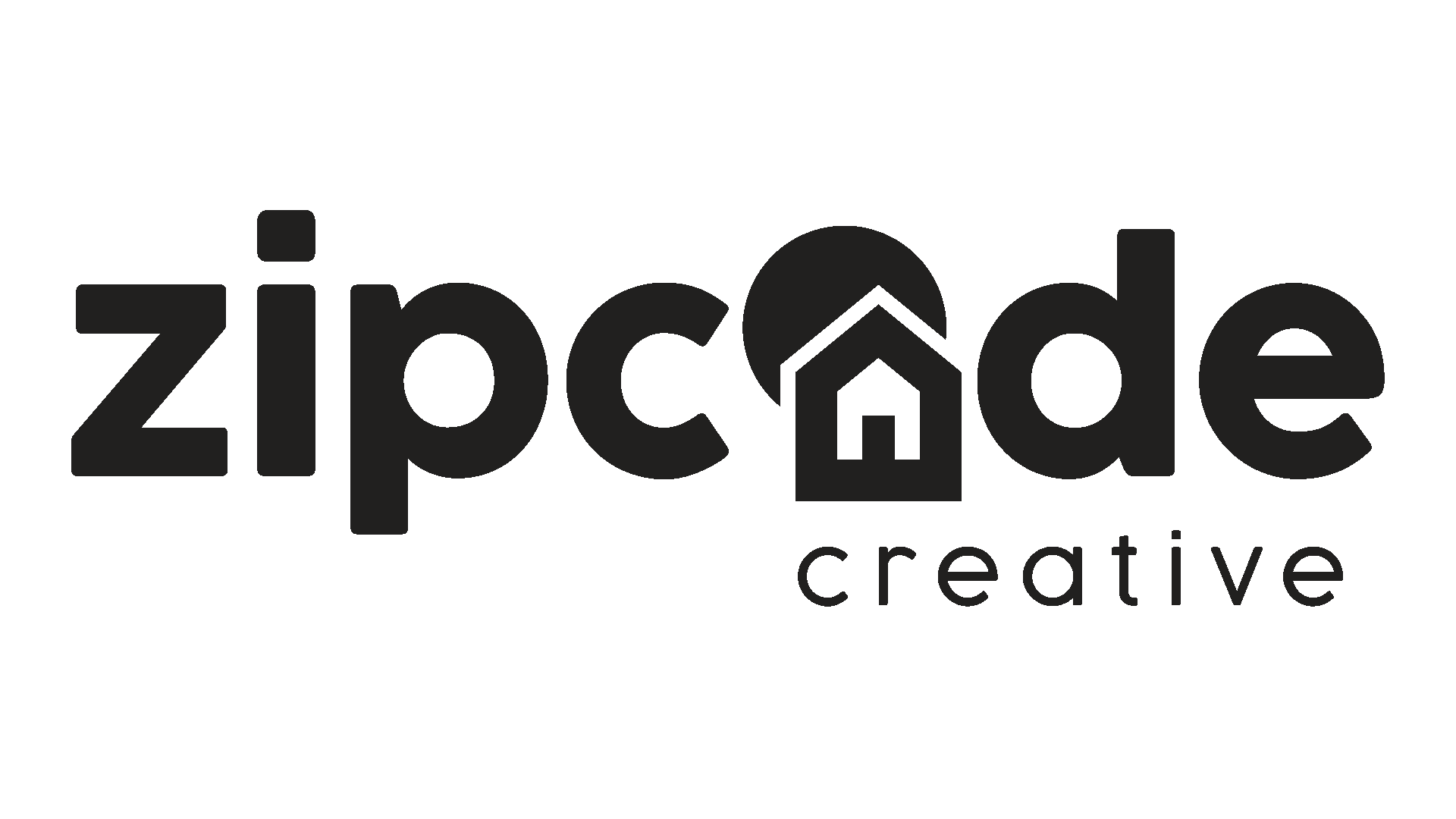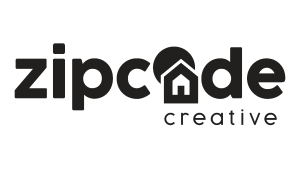
Behavioral Marketing for Apartment Brands
Stacey Feeney
Behavioral marketing for apartment brands deserves its very own blog post. Buyer behavior (or in our case, resident behavior) is the best indicator of purchasing power and timing. It’s the thing that you can target and use to segment your audience and reach them more easily and efficiently based on where they are in the funnel.
Get ready for step one.
Identify your Ideal Resident Profile
TAKE A LOOK
Who are the perfect resident types to live in your community based on the amenities, floor plans and location you offer? Take into account the companies they work for, their hobbies, their favorite brands, their interests, and their intentions. This goes above and beyond their gender, their marital status, age, and other typical demographic factors. Instead, it dives into their passions and desires!
HOW TO RESEARCH PROFILE DETAILS
It’s not the who—it’s the how. That sums up everything about resident behavior. You can predict what they may do based on other factors, such as shopping and spending habits. Hubspot picks out a few ways you can create an analysis of your customers to see what they might do next:
1. Segment your audience
2. Identify key benefits
3. Source resident trends
4. Compare data
The items that fall under behavioral marketing for segmentation include:
- Benefits sought
- Purchasing habits
- Brand loyalty
- Occasion or timing
- Buyer readiness
- Engagement level
The goods that count as psychographic segmentation are:
- Belief systems
- Values
- Goals
- Attitudes
See more on that with our blog on research and discovery for apartment brands.
Ready for step 2?
Target Your Ideal Resident
Take those behavior demographic categories and create a campaign that works around it. If they’re looking for an apartment for the future, start small. If they’re searching for an apartment community that offers fitness classes, ensure that segment is getting the message that you offer exactly what they’re looking for.
Again, you can base your apartment branding and marketing on those demographics, especially if you have identified your IRP (ideal resident profile). That sets up the structure to guide the rest of your marketing choices.
Did that gym class example get your attention? Next up:
USE WHAT YOU KNOW
Some people love yoga. (And other people haven’t tried yoga and they don’t love it—yet.) Those yoga lovers are probably members of a local yoga studio. Perhaps they’ve purchased clothes from LuluLemon. Consider offering a yoga membership with a one-year signed lease. Advertise your onsite, all-inclusive yoga studio. Attract the demographic you want by tailoring your marketing (messaging and campaigns) to that particular resident behavioral segment.
Behavioral Marketing for Apartment Brands Helps Tell Better Stories
You are marketing to a lifestyle, and you’re selling a feeling. When you can look at the audience (your ideal resident) then you can tell a better story. If you don’t know who you’re talking to, or look at your results, it’s a little like telling a joke on zoom to black screens on mute—you’re not sure if they weren’t listening, didn’t get it, or just didn’t think it was funny. When you can see and identify who you’re trying to target, you have a much clearer picture of their problems, and therefore how you can solve it with something they need or want! Don’t make it complicated—just do the research and solve the problems.
In addition to this, when your visuals align with their favorite brands, it can fit right in with the flow of their regular life. It feels like it aligns with the brand of their life. Using behavioral demographics helps us be both better storytellers and branders for apartments. Because the #1 thing we focus on with our stories is lifestyle—what they want, and what they need, and how we can offer it to them!


